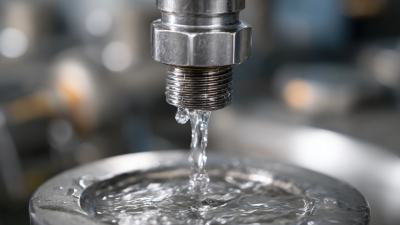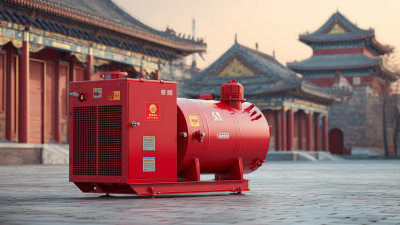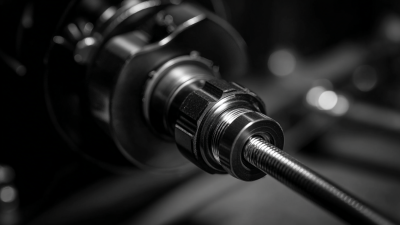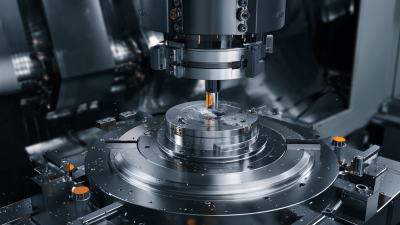
- sales@bjbod.com
- Mon - Sat at 7:00AM to 9:00PM

In today's fast-paced world, the quest for efficient cleaning solutions has led to innovative products that save time and improve results. Among these, the Compressed Water Remover stands out as a game-changer in both residential and industrial cleaning sectors. This powerful tool utilizes advanced technology to effectively eliminate excess water, promoting faster drying times and preventing damage from over-saturation.

As we delve into the key features and benefits of the Compressed Water Remover, we will explore how it not only streamlines the cleaning process but also enhances overall efficiency.
Whether you're a homeowner looking to maintain your living space or a business aiming to uphold cleanliness standards, understanding the significance of this essential tool can elevate your cleaning routine to new heights. Join us as we uncover the top reasons why the Compressed Water Remover is becoming indispensable for effective cleaning practices.
Compressed water removers play a pivotal role in enhancing cleaning efficiency by utilizing pressurized water cleaning techniques. This innovation is particularly beneficial in various applications, including the maintenance of photovoltaic systems, where dust accumulation can significantly hinder performance. Recent studies indicate that using pressurized water not only removes contaminants effectively but can also improve energy generation efficiency by up to 10%. The combination of enhanced cleaning methods with the careful regulation of cleaning conditions ensures optimal results, preventing degradation and optimizing performance.
Moreover, the significance of compressed water removers extends beyond mere applications; they are essential in ensuring sustainability within contemporary cleaning practices. By synergizing advanced technologies, such as compressed air energy storage and hybrid power systems, the cleaning process not only becomes more effective but also aligns with the global movement toward cleaner energy solutions. As organizations increasingly look for efficient and sustainable methods, incorporating compressed water removal technologies represents a smart strategy to enhance operational efficiency while minimizing environmental impact.
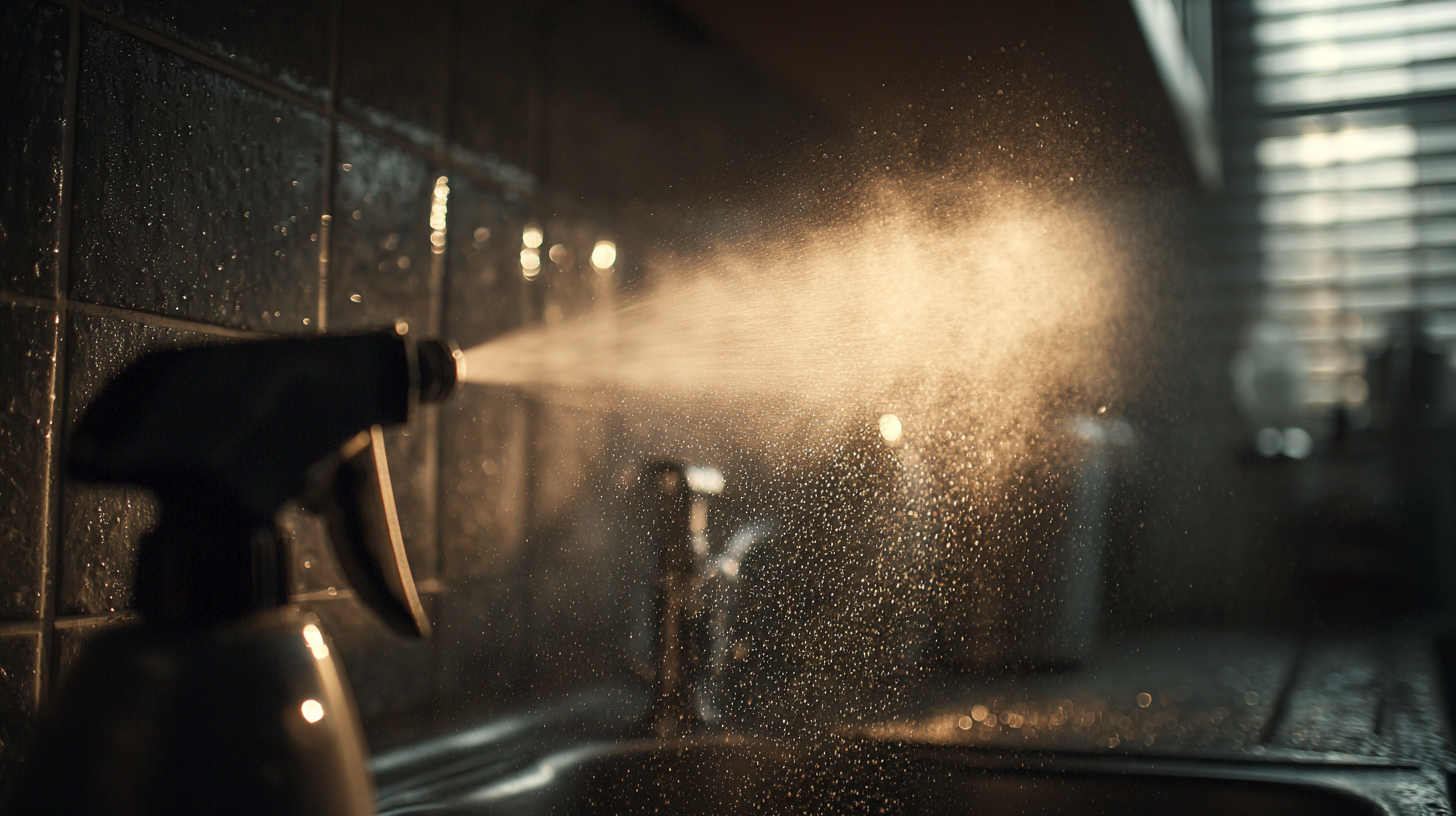
Compressed water technology has revolutionized the cleaning industry, proving to be an essential tool for efficient cleaning processes. One of the standout statistics highlights that cleaning times can be cut by over 30% when utilizing this innovative approach. This advancement not only streamlines cleaning operations but also enhances productivity across various sectors, from commercial spaces to residential homes.
To maximize the benefits of compressed water technology, consider implementing these tips: First, ensure you are using the correct pressure settings for different surfaces to avoid damage and achieve optimal cleanliness. Secondly, incorporate regular maintenance on your cleaning equipment to sustain performance and longevity. Lastly, combine compressed water with eco-friendly cleaning agents to boost effectiveness while being mindful of environmental impacts.
By understanding and integrating compressed water removers into routine cleaning tasks, businesses and households alike can achieve a more efficient, sustainable, and faster approach to cleanliness.
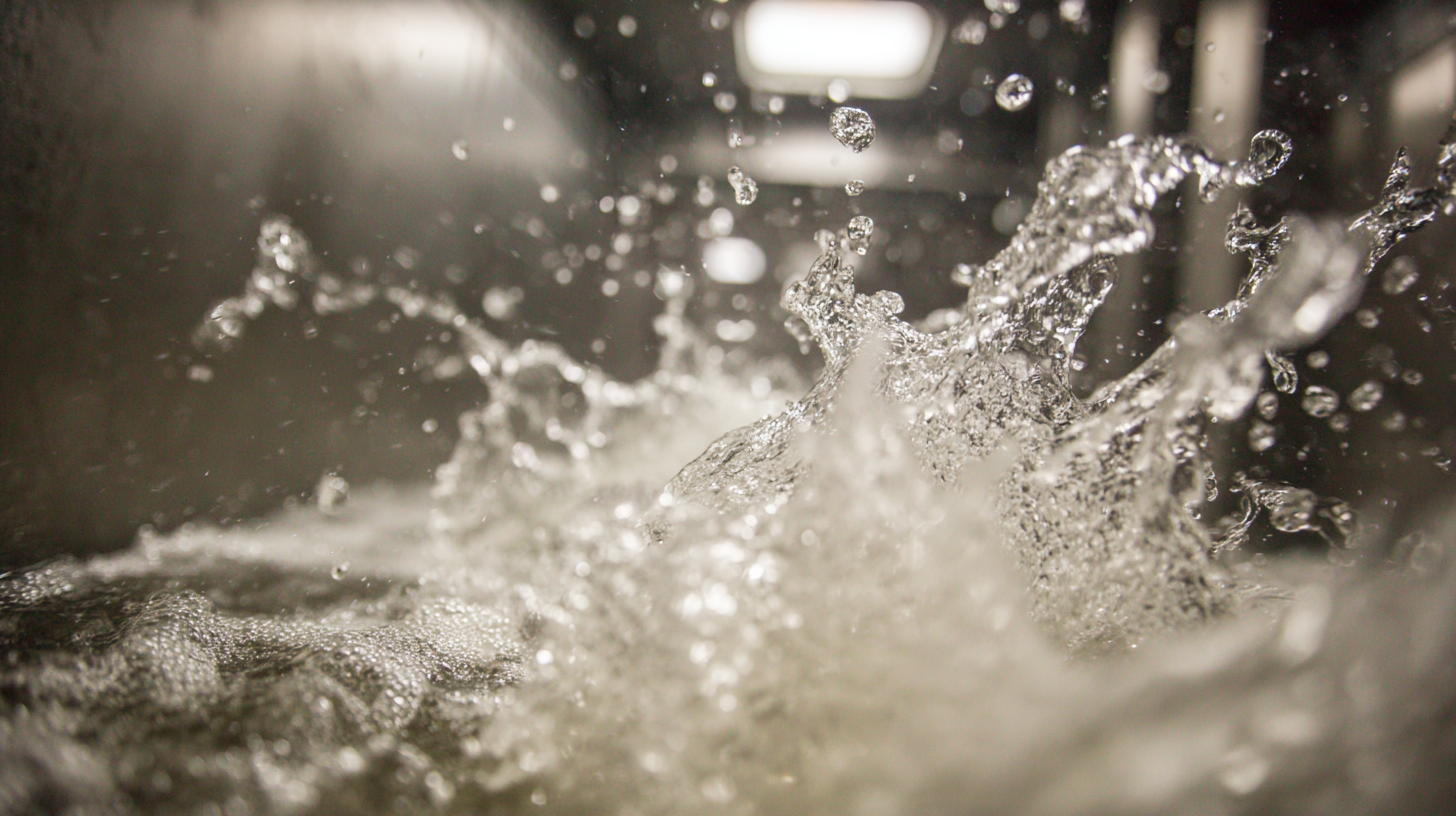
Compressed water removers have revolutionized the way we approach surface sanitization, improving the effectiveness of cleaning processes across various industries. By utilizing high-pressure jets of water, these machines can easily dislodge dirt, grime, and contaminants from surfaces that traditional cleaning methods often struggle to reach. The powerful force of compressed water not only eliminates visible debris but also penetrates porous materials, ensuring a deeper level of sanitation that is crucial in environments like kitchens, hospitals, and laboratories.
Moreover, the efficiency of compressed water allows for quick drying times, reducing the risk of mold and bacteria growth that can occur with traditional wet cleaning methods. The fine mist created by these systems minimizes the amount of water used, leading to less waste while maintaining optimal cleanliness. Therefore, the ability to sanitize surfaces effectively and swiftly makes compressed water removers an indispensable tool for businesses aiming to uphold high hygiene standards and improve operational efficiency.
| Cleaning Method | Effectiveness Rating (1-10) | Surface Types | Time to Clean (minutes) | Key Benefits |
|---|---|---|---|---|
| Compressed Water Jets | 9 | Metal, Glass, Plastic | 5 | High Precision, Deep Cleaning |
| Traditional Mopping | 6 | Tile, Wood, Concrete | 20 | Cost-Effective, Easy Access |
| Steam Cleaning | 8 | Carpets, Fabrics, Hard Surfaces | 15 | Sanitization, Stain Removal |
| Compressed Air Cleaning | 7 | Delicate Instruments, Electronics | 10 | Non-Contact, Dust Removal |
| Ultrasonic Cleaning | 10 | Jewelry, Parts, Instruments | 30 | Thorough, Reaches Inaccessible Areas |
The use of compressed water removers has proven to be a game changer in the cleaning industry, particularly when analyzing the cost-benefit relationship. According to a 2022 study by the Cleaning Industry Research Institute (CIRI), businesses that implement compressed water technology can reduce water usage by up to 60% compared to traditional cleaning methods. This significant reduction not only preserves vital resources but also translates into lower utility costs, allowing companies to allocate their budgets more effectively.
In addition to water savings, compressed water removers streamline the cleaning process itself, thereby saving time. The same CIRI report indicated that facilities employing these advanced systems saw a 30% decrease in labor hours spent on cleaning tasks. This efficiency gain means staff can focus on other critical areas of operation, which, in turn, can enhance overall productivity and profitability. As organizations increasingly seek sustainable practices, investing in compressed water technology positions them not only as environmentally responsible but also as economically savvy, making it an essential component of modern cleaning strategies.
This chart compares the cost savings derived from using compressed water removers versus traditional cleaning methods based on various factors such as water usage, time saved, and overall efficiency improvements.
The cleaning industry is continuously evolving, with a growing emphasis on environmentally sustainable practices. One notable innovation is the use of compressed water removers, which significantly reduce water usage during cleaning processes. By extracting excess water from surfaces, these devices not only enhance cleaning efficiency but also minimize water waste, making them a pivotal solution for eco-conscious businesses aiming to lower their environmental footprint.
The impact of compressed water removal extends beyond immediate cleaning benefits. As water scarcity becomes an increasingly pressing global issue, the ability to use significantly less water for cleaning tasks can help conserve this vital resource. This innovation not only supports sustainability goals but also sets a precedent for other industries to follow suit. By prioritizing eco-friendly cleaning technologies, companies can contribute to a paradigm shift towards more responsible resource management, demonstrating that it is possible to achieve high cleanliness standards while also being a steward of the environment.
